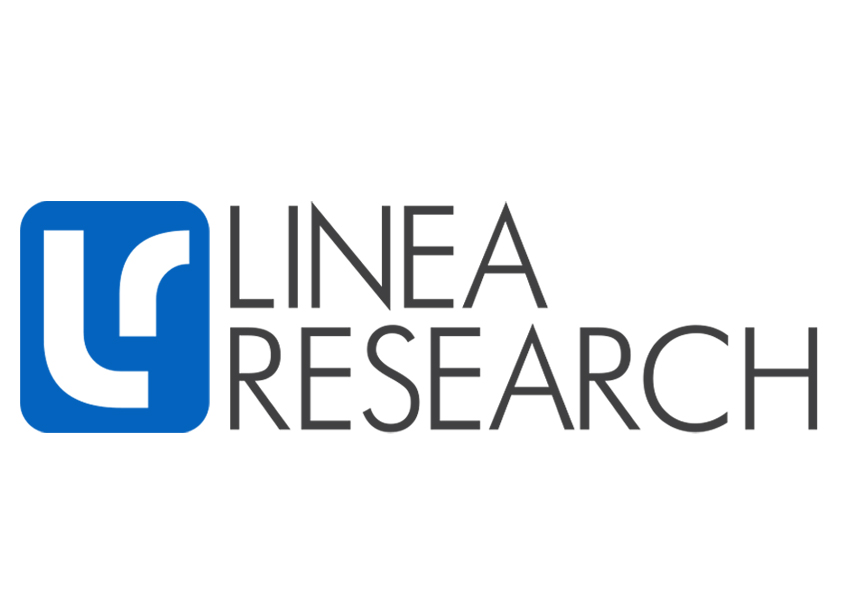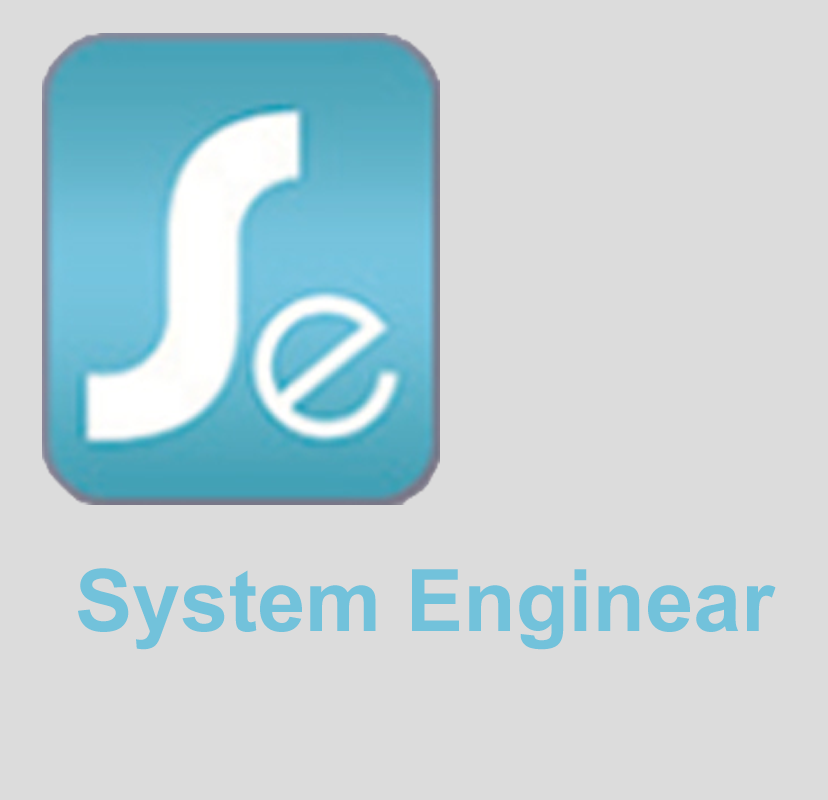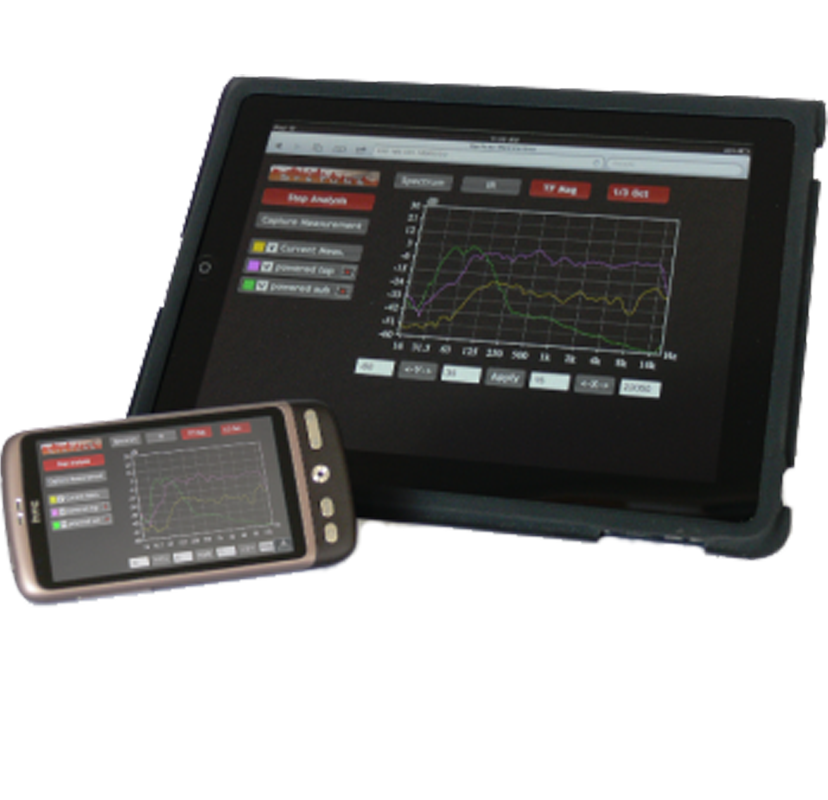
The Advanced System Controller from Linea Research is a high performance and easy to use signal processor for sound systems. With processing for 4 inputs and 8
outputs it takes advantage of the latest analogue to digital conversion and DSP technologies to deliver flawless audio that out classes its competition. The advanced 96kHz DSP provides an array of unique and genuinely useful features. Because all aspects of the DSP algorithms are designed and hand crafted in house by Linea, they are not available on products from any other manufacturer. For example, LIR linear phase crossover filters which are as easy to use as more conventional filter shapes and have less latency than FIR filters. Also, the powerful VX Limiter suite which sports Peak, RMS and Excursion limiting, as well as multiband limiting for passive 2-
way enclosures.
outputs it takes advantage of the latest analogue to digital conversion and DSP technologies to deliver flawless audio that out classes its competition. The advanced 96kHz DSP provides an array of unique and genuinely useful features. Because all aspects of the DSP algorithms are designed and hand crafted in house by Linea, they are not available on products from any other manufacturer. For example, LIR linear phase crossover filters which are as easy to use as more conventional filter shapes and have less latency than FIR filters. Also, the powerful VX Limiter suite which sports Peak, RMS and Excursion limiting, as well as multiband limiting for passive 2-
way enclosures.
- Four input channels and eight output channels
- No compromise audio performance
- Unique, precise, 96kHz Digital Signal Processing
- 4x Analog, 2x AES3 and 8x Dante™ / AES67 (factory fitted option) inputs
- 8x Analog or 4x Stereo AES3 and 8x Dante™ / AES67 (factory fitted option) outputs
- Ethernet remote control via Linea’s System Engineer PC application
- Full front panel user interface offers simple intuitive local operation
- 3 party control via contact closure ports allow easy system integration
- Fully designed and engineered by Linea’s in-house development team
- Manufactured and tested entirely in the UK

Supporting analogue AES3 and Dante™ inputs and having both analogue, AES3 and Dante™ outputs, all under full remote control, makes the ASC48 suitable for use in the most demanding applications, especially when flexibility is paramount.
When used as a loudspeaker management system or digital crossover, the ASC48 brings state-of-the-art facilities and performance, however the ability to receive, process and transmit audio without it leaving the digital domain makes the ASC48 an ideal central controller for large systems, even when amplifiers with in-built DSP are being employed.
Ethernet is used for remote control while a front panel, optimised for use in challenging environments, allows full local control of all features. Control via Linea’s intuitive System Engineer application provides many convenient and time saving features such as very flexible management of presets, and Overlay grouping of Mutes, Gains, Delays and EQ across an entire system.
When used as a loudspeaker management system or digital crossover, the ASC48 brings state-of-the-art facilities and performance, however the ability to receive, process and transmit audio without it leaving the digital domain makes the ASC48 an ideal central controller for large systems, even when amplifiers with in-built DSP are being employed.
Ethernet is used for remote control while a front panel, optimised for use in challenging environments, allows full local control of all features. Control via Linea’s intuitive System Engineer application provides many convenient and time saving features such as very flexible management of presets, and Overlay grouping of Mutes, Gains, Delays and EQ across an entire system.

Front View

Top view

Front rear drawing

System engineer

System engineer
The ASC48 includes Linea Research minimal signal path design, and a 96kHz sampling frequency provides for a nominally flat response beyond 40kHz. Three rotary encoders, illuminated buttons and graphical display provide a rapid, intuitive and user-friendly control interface. Powerful Drive Module concept which allows for abstraction from device centric to speaker based control. High speed capable and flexible Ethernet communications that supports DHCP, static-IP and auto-IP and direct connection to a computer without the need for a router ora switch.
Class-leading sonic performance achieved by the use of state of the art converters, Analogue Devices SHARC DSP and highly advanced DSP algorithms. Unique LIR linear phase crossover shapes giving FIR-like performance with less latency and without the need to design coefficients. Also, Linear phase HF system EQ profiling which provides perfect integration between enclosures. Output EQ is complemented by 768 tap FIRs.
Innovative limiter suite which includes: VX limiter providing dynamic control for passive 2-way enclosures, an Xmax excursion limiter with sliding High Pass Filter which retains dynamic impact whilst effectively protecting drivers, Tmax transducer thermal modelling provides regulation limiters, addressing long term overload and
overshoot limiter governing the amplitude of transient signals, retaining average power whilst constraining peaks. AES3 inputs and outputs switchable in pairs as standard, with the option of a Dante audio networking card which provides 8 inputs and 8 outputs.
Class-leading sonic performance achieved by the use of state of the art converters, Analogue Devices SHARC DSP and highly advanced DSP algorithms. Unique LIR linear phase crossover shapes giving FIR-like performance with less latency and without the need to design coefficients. Also, Linear phase HF system EQ profiling which provides perfect integration between enclosures. Output EQ is complemented by 768 tap FIRs.
Innovative limiter suite which includes: VX limiter providing dynamic control for passive 2-way enclosures, an Xmax excursion limiter with sliding High Pass Filter which retains dynamic impact whilst effectively protecting drivers, Tmax transducer thermal modelling provides regulation limiters, addressing long term overload and
overshoot limiter governing the amplitude of transient signals, retaining average power whilst constraining peaks. AES3 inputs and outputs switchable in pairs as standard, with the option of a Dante audio networking card which provides 8 inputs and 8 outputs.
Independent listening tests have confirmed that the Linea Research ASC48 performs as well as the very top brands often costing many times more than the ASC48. This is testament to our ‘Minimum Signal Path’ philosophy, our careful choice of converters, and our many years of expertise in DSP algorithm design for professional audio.
The ASC48 uses 96kHz sampling and a powerful SHARC Digital signal Processor (DSP) running our proprietary LMD (Linea Micro Detail) algorithms. All this adds up to deliver the ultimate in sonic transparency and a stunning open natural sound quality.
The ASC48 uses 96kHz sampling and a powerful SHARC Digital signal Processor (DSP) running our proprietary LMD (Linea Micro Detail) algorithms. All this adds up to deliver the ultimate in sonic transparency and a stunning open natural sound quality.
As well as the standard Butterworth, Bessel, Linkwitz-Riley and Hardman filters, Linear research offers a unique “Linea Impulse Response” (LIR) crossover filter which gives a Linear Phase crossover that has a constant delay regardless of frequency (unlike other types of crossover which delay different frequencies to a different extent, thus smearing the arrival time).
The LIR crossover can thus be described as having a flat Group Delay response, and thus entirely free of Group Delay Distortion, this is exactly the same as can be provided by common FIR filtering but without the design complications and latency inherent with the FIR technique. The shape of the LIR crossover filter is similar to a 4° order Linkwitz-Riley filter, and maintains zero phase difference between the adjacent bands across the crossover region to keep the polar response rock steady. As we also employ phase matching on our Bessel filters; adjacent bands are in-phase throughout the crossover region.
The LIR crossover can thus be described as having a flat Group Delay response, and thus entirely free of Group Delay Distortion, this is exactly the same as can be provided by common FIR filtering but without the design complications and latency inherent with the FIR technique. The shape of the LIR crossover filter is similar to a 4° order Linkwitz-Riley filter, and maintains zero phase difference between the adjacent bands across the crossover region to keep the polar response rock steady. As we also employ phase matching on our Bessel filters; adjacent bands are in-phase throughout the crossover region.
To avoid unnecessary inter-band phase shifts common in many competing products, we provide high-pass filtering on the inputs rather than forcing you to apply ‘system’ high-pass filtering on the low crossover bands.
Our white-paper “High-Pass Filtering in Two-Way Systems” explains why this is important.
Our white-paper “High-Pass Filtering in Two-Way Systems” explains why this is important.
The ASC48 uses Drive Module presets, which are defined as a number of outputs driven from one DSP input. This system allows for better flexibility and greater functionality when loading and storing presets. Drive Modules allow for a less processor-centric and more speaker-orientated system design. The ASC48 allows 50 drive module presets to be stored.
Presets are stored permanently inside the ASC48 and so will always be available even if the ASC48 is not being used with the System Engineer application. The OEM can easily create a library of locked ‘factory’ presets from which the user can create their own variants.
Presets are stored permanently inside the ASC48 and so will always be available even if the ASC48 is not being used with the System Engineer application. The OEM can easily create a library of locked ‘factory’ presets from which the user can create their own variants.
System Engineer Application
Thanks to the power of Obcom, System Engineer becomes much more than just a remote control panel for an ASC48. System Engineer and any connected device(s) become intimately intertwined, faithfully duplicating any control adjustments whether they are made in System Engineer or on the front panel of the device itself. Adjust a gain control on the device and watch the gain value in System Engineer smoothly slide in sympathy. They simply cannot get out of ‘sync’. You can also update the firmware in the unit via System Engineer — even via the network.
Each input and each output can be named in System Engineer. These names not only appear for the User on the System Engineer control panels, but also show when scrolling through the inputs and outputs on the device itself. Should you wish to change the factory presets in the field, modified Factory files can be distributed and loaded by the user without disturbing the user presets, and without the user being able to access the factory settings in the factory presets.
The full ASC48 control panels in System Engineer:
Each input and each output can be named in System Engineer. These names not only appear for the User on the System Engineer control panels, but also show when scrolling through the inputs and outputs on the device itself. Should you wish to change the factory presets in the field, modified Factory files can be distributed and loaded by the user without disturbing the user presets, and without the user being able to access the factory settings in the factory presets.
The full ASC48 control panels in System Engineer:
General Specifications
Audio Output Channels | 8x Analogue / 4x Stereo AES3 and 8x Dante™ / AES67 (factory fitted option |
Audio input Channels | 4x Analogue / 2x Stereo AES3 and 8x Dante™ / AES67 (factory fitted option) |
Digital Signal Processing | High performance 96kHz DSP on all inputs and outputs |
External Control and Monitoring | Ethernet network Contact closure port |

Audio Performance
Input impedance | <10k Ohm balanced |
Output impedance | <100R impedance balanced |
Maximum input level | +20dBu |
Maximum output level | +18dBu into 600R |
Sample rate | 96kHz |
AES3 Input sample rate | 28kHz — 108kHz |
AES3 Output sample rate | 96kHz |
Frequency Response | 10Hz — 40kHz (Frequency response reduces to 23kHz on outputs with FIR enabled) |
Input dynamic range | >120dBa typical |
Output dynamic range | >118dBa typical |
Total harmonic distortion, THD | <0.008% typical (20Hz — 20kHz) |

Digital Signal Processing
Resolution | 40 bit, Linea Research proprietary algorithms |
Sample rate | 96kHz throughout |
Physical inputs to DSP drive modules | 4x Analogue, 2x Stereo AES & 4x Stereo Dante™ inputs can be routed to four DSP drive modules |
Drive module input processing | Input signal routing, Delay, Gain, HPF, Phase, Mute EQ: 2x low shelf, 6x PEQ / band pass and FIR shelving filters |
Drive module output processing | Source, Delay, Gain, Phase, Mute, Crossover filters, VX limiters EQ: low shelf, 8x PEQ / band pass and shelving filters / 768 tap FIR |
Preset management | 10 snapshots for device wide setup, 50 presets for loudspeaker settings Presets can be recalled to sets of outputs or individual outputs as required |
Unique high-performance processing | |
Overlays | Flexible grouping for effective control of many amplifier channels in large systems |
Class leading VX limiters | See the ‘speaker protection systems’ section |
Hardman crossover filters | Better out of band rejection than Linkwitz-Riley |
LIR crossover filters | LIR crossover filters |

Power Supply
Mains required | 85V to 230VAC, 50Hz - 60Hz |
Mains power | 30W |
Nominal mains input voltage range | 85V to 230V nominal |
Mains input frequency range | 50Hz to 60Hz |

Power Supply
Inputs | Analogue/AES3 IN – 4x female Neutrik™ |
Outputs | Analogue/AES3 OUT – 8x male Neutrik™ |
Mains input connector | 3 pin IEC |
Dante™ Primary and Secondary | 2x Shielded RJ45 |
Contact closure inputs | Phoenix™ pluggable terminal block (mating plug supplied) |
Front panel display | Backlit, graphical, high contrast, daylight visible |
Front panel encoders | Three, detented, velocity sensitive |
Front panel push buttons | Large, tactile, illuminated |
LED indicators | Bright, easily differentiated |
Enclosure | Standard 19” 1U (44mm), 254mm (10”) deep |
Net Weight | 2.7kg (6 Lbs) |



